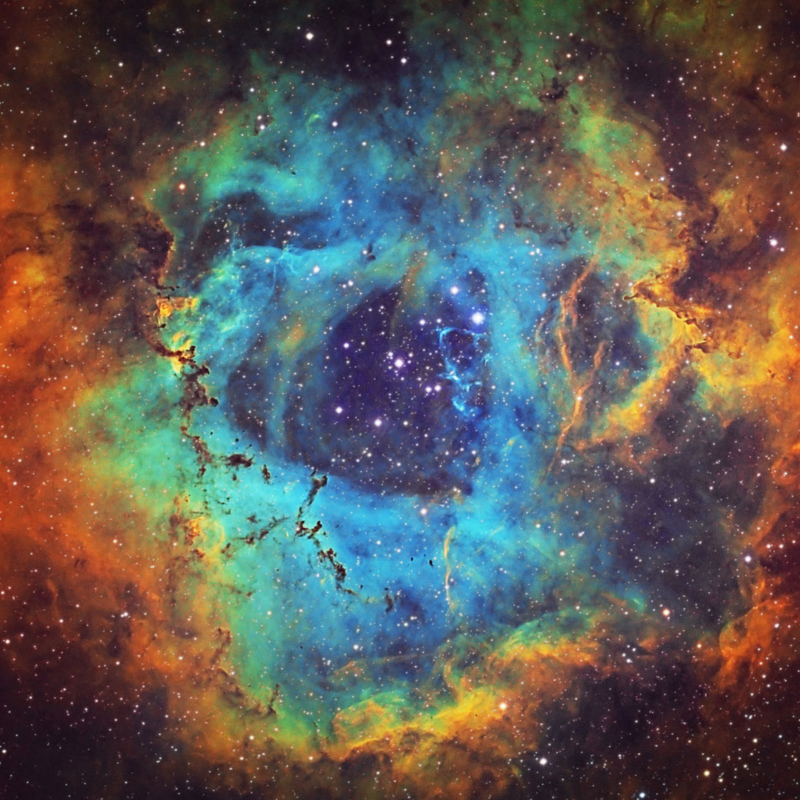Recent scientific breakthroughs have provided ever-increasing and compelling evidence that our Universe exists and evolves as a nonlocally unified entity. Its appearance of energy-matter and space-time are being discovered to emerge from deeper levels of non-physical causation and cosmic intelligence, expressed as meaningful in-formation and holographically manifested – and progressively revealing that mind and consciousness aren’t what we have but rather what we and the whole world essentially are.
This radical unitive understanding of a sentient and evolutionary Universe is converging with universal wisdom teachings as an integral whole world-view and is also enabling a new and unitive narrative to be articulated, as my friend and author Dr Bob Atkinson wrote about in an earlier IONS blog post.
The emergent evidence of an essentially living Universe is also showing that it embodies an innate and purposeful impulse to evolve from simplicity to complexity, individuated diversity and self-awareness, and also supports traditional visions of Earth as a sentient being; Gaia.
Instead of our Universe beginning in the implicit chaos of a big ‘bang’, it was born 13.8 billion years ago in a minute and incredibly simple and ordered state and so rather as the first moment of an ongoing Big Breath.
Its laws of physics were also extremely finetuned and exactly interrelated. Had they differed by only a minuscule amount, our Universe would likely never existed let alone be able to embody a relational intelligence that underpins and guides its inherent evolutionary impulse.
Understanding the Story of Gaia
In Gaia, the Universe’s ongoing emergence is embodied in collaborative relationships and co-evolutionary partnerships on a planetary scale as a wholistic ‘gaiasphere’, comprising her dynamically interdependent geosphere, hydrosphere, atmosphere, and biosphere.
Even before the birth of our Solar System and Gaia, however, all the pre-biotic harbingers of her potential biosphere were present in the interstellar dust clouds from which our Sun and retinue of planets would later form
In addition to the vital and extensive presence of ice, the molecular building blocks of biological life-forms, including the forerunners of DNA and RNA, have all been discovered in such birthing clouds and so were already present from Gaia’s earliest opportunity to nurture them into further evolutionary complexity.
With regard to the processes of biological evolution, recent scientific discoveries are also upending the prevailing neo-Darwinian paradigm of their being driven solely through the DNA genome and without inherent meaning or purpose by random occurrences and then through conflictual relationships to sustain the ‘survival of the fittest’.
Instead, although the DNA genome of a specific species has a constant number of genes that code for the inherited characteristics of an organism, it isn’t an unchangeable instruction manual. Being responsive to ongoing, active, and potentially evolutionary in-formational processes within itself and with its surroundings, the organism also has the capabilities to express its genes in multiple and different ways.
So the genetic code isn’t the controller of an organism but rather its servant. Not only are genes not ‘selfish’ in running the show of evolution, but neither organisms nor their genes are mechanistic and random accumulations of chemicals, but instead in-formed and individuated microcosms of an innately intelligent Universe.
The evidence-based reappraisal of the role of DNA and the genome is also overthrowing the view that random mutations that enhance the organism’s fitness (adaptation) to its environment, through so-named natural selection and gradually over time, accomplishes the evolutionary progress.
Instead, from the first emergence of prebiotic and organic lifeforms, billions of years ago, substantial contingencies, redundancies, checks, balances, and corrections in genetic replication processes, go to extraordinary lengths to reduce coding errors and so minimize the possibilities of random mutations. For example, from an estimated error rate in human protein synthesis of one in ten thousand copies in transcribing the initial DNA instructions, further in-formational controls as the coding is messaged, transferred, and then used by various types of RNA to construct the requisite protein, improve the error rate to a minuscule one in more than a billion copies.
So, if random mutations were in any way beneficial for evolution, such massive efforts to prevent them would not be worthwhile in terms of the energy and effort that organisms undertake to prevent them.
Rather, an organism’s highest priority is to sustain its coherence and integrity, while being open and able to non-randomly, proactively, and beneficially adapt to evolutionary influences, with efforts to retain such integrity increasing with individuated complexity.
The neo-Darwinian model also requires very long lengths of time for other than minimal evolutionary changes. Instead, there’s growing evidence that purposeful in-formational processes guide widespread, mutually beneficial, and sometimes radical horizontal gene transfers enabling evolutionary progress over remarkably short time periods.
Furthermore, such evolutionary processes cannot be understood while attempting to separate a biological entity from its environment. Entire ecosystems are being increasingly revealed to be in intimate co-evolutionary and dynamic partnerships; not only inclusive of their biological entities but with the entirety of Gaia’s gaiasphere and in even wider relationships with our Sun and Moon.
Finally, while competition for environmental niches and resources does have its roles, it’s rather a cooperation and holarchic organization that fundamentally drive evolutionary emergence and complexity. Collaborative relationships that are win-win whether through competitive tensions or co-operative mutuality supported the earliest organic evolution and have continued to do so ever since.
Sharing Gaia’s Vision
As microcosmic co-creators of Gaia’s own evolutionary impulse and progress and indeed that of our entire Universe, we share a vital purpose at this pivotal moment. Perhaps waking up to realize that we are inseparable and that our heritage is as Gaians may enable us, not only to remember who we really are, but who we can evolve to become.
You can learn more about this topic by visiting Dr Jude Currivan’s website.
